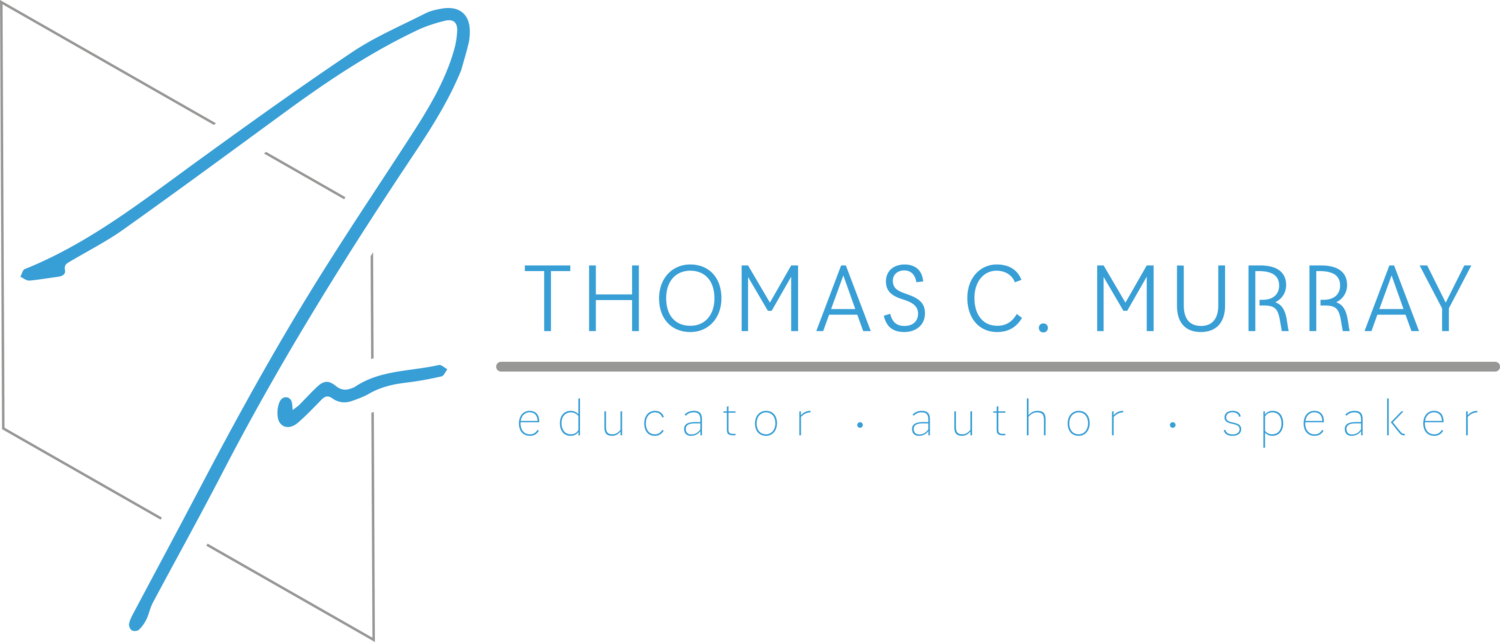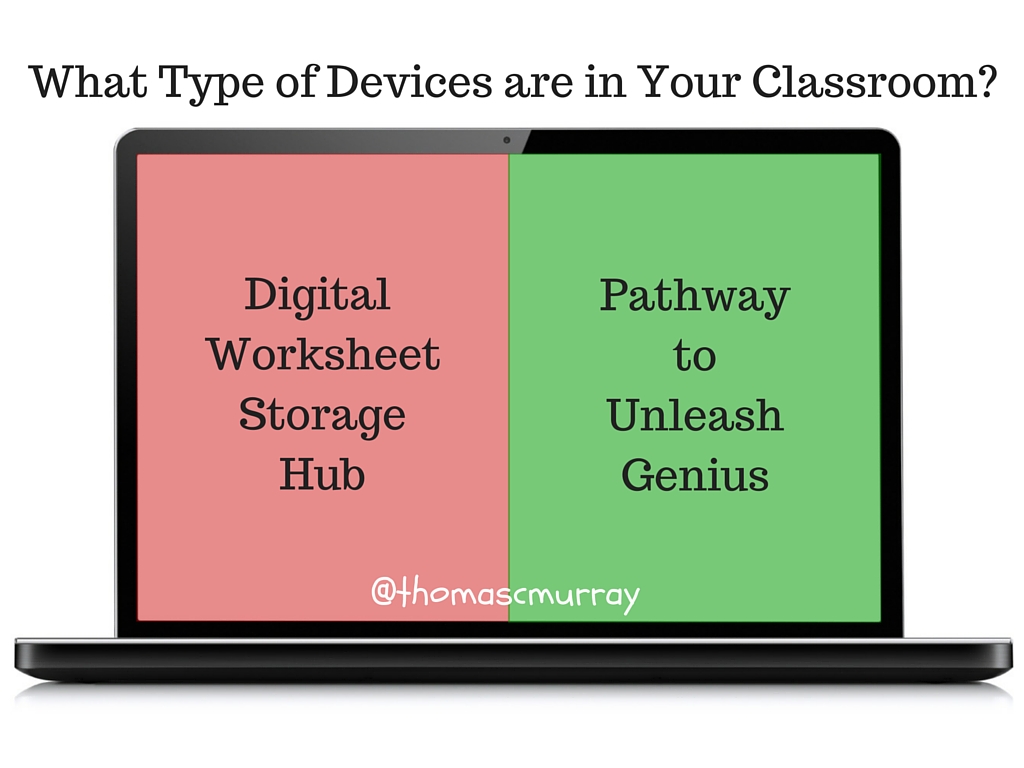Redesigning the Learning Experience
Having traveled the nation and spent extensive time in schools throughout 2015, there’s one thing I can say for sure:
Many of today’s classrooms have amazing 21st century tools sitting in 20th century learning environments.
Quite often, a student’s hard metal desk is separated by a packet of worksheets on one side, with a dynamic learning tool on the other. Is this really what we’re proud of in 2016?
In this past week’s EdSurge Post, I highlighted a handful of statistics that show our education system’s previous inability to meet the needs of many of our nation’s girls and students of color. This epic failure, combined with the understanding that the industrial age era of education, where a one-size-fits-all model reigned supreme - is dead. No longer is the simple regurgitation of a chapter’s material, averaged together over time to determine an outcome, even relevant, no less remotely prepare a child for the life ahead.
Today’s students must be able to: Problem solve. Design. Collaborate. Think critically. Not simply fill out a bubble sheet based on a regurgitation of factual information.
As many districts work towards redesigning the learning experience, it’s encouraging to see so many understand the need for STEM-type learning opportunities for all students. As these experiences come to fruition through programs like “Project Lead the Way” and the explosion of such events like “Hour of Code”, a variety of technology companies are stepping up to the plate as well. Just this week at TCEA, Samsung partnered with STEM Fuse to be able to provide districts with a digital STEM learning solution. Typically used on Samsung Galaxy devices, STEM Fuse integrates a hands-on, interactive student engagement tool focused on providing real-world projects. The STEM Fuse curriculum aligns with state standards and even comes with professional learning tools for educators, making it a dynamic solution for districts looking to move in this direction. Coursework includes Programming & Advanced Game Design, 3D Modeling, Biomedicine, Biotechnology, and more.
These types of solutions are providing educators with dynamic digital curriculum to enhance their classrooms, providing a variety of opportunities to personalize student learning in a fun, engaging way. This hands-on type of methodology can help close the STEM gap as well, whereas even in 2016, we are still lacking the genius of many of our nation’s girls.
Besides introducing such opportunities, what else can be done?
Recent research done by the University of Washington’s Institute for Learning & Brain Sciences (I-Labs) indicated that girls were three times as likely to take STEM-type courses such as computer science, if the rooms themselves looked less “geeky”. Simply put, in this study, the learning space itself made a difference in the girls’ attitudes toward the type of coursework that they’d take. As districts redesign the learning experience, and promote such opportunities to traditionally underrepresented females, they must consider the dynamics of and possibilities inside the environment itself. To this point, also released at TCEA in partnership with Tidebreak, was a platform for student devices, whether personal or district owned, to connect wirelessly to interactive classroom boards or even to each other, so students can share and create content in a safe and effective way. Gone are the days of the single interactive board with only one engaged student at the front of the room. Today’s classroom environments now include tools that can be used to create content, collaborate with peers, and ultimately, share with the world.
Are your classroom devices simply being used as digital worksheet storage hubs? Or are they being used as a pathway to unleash genius?
Shift pedagogy to shift the learning experience.


